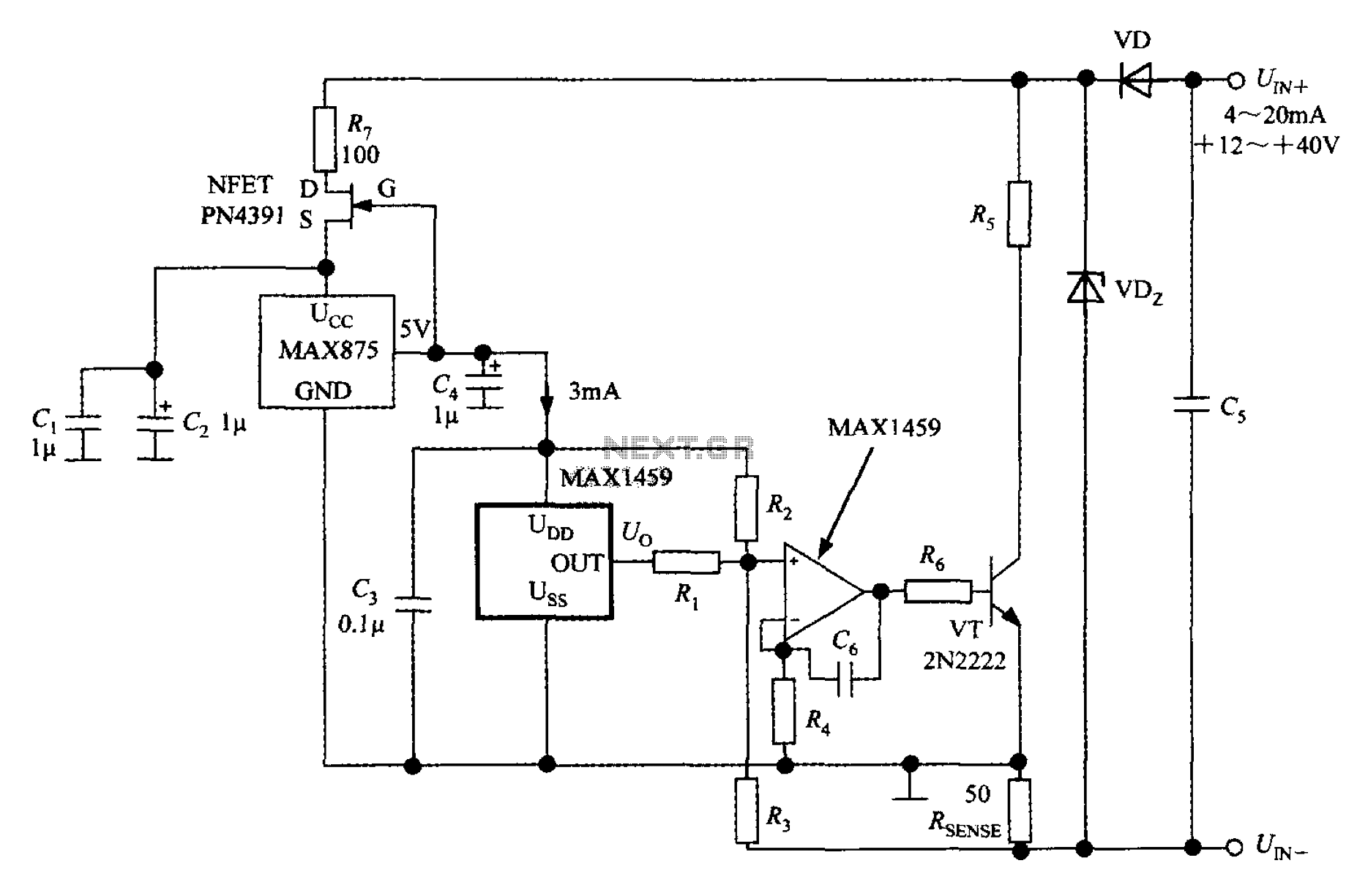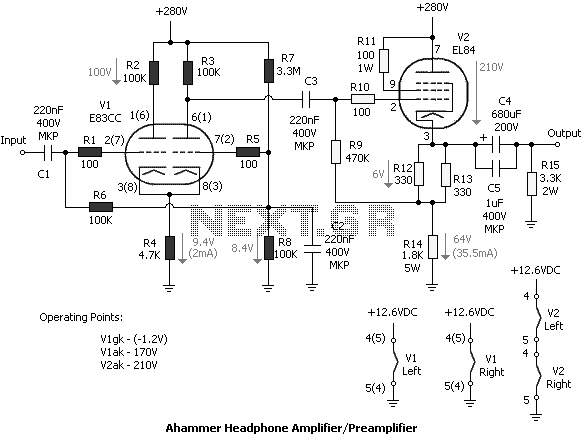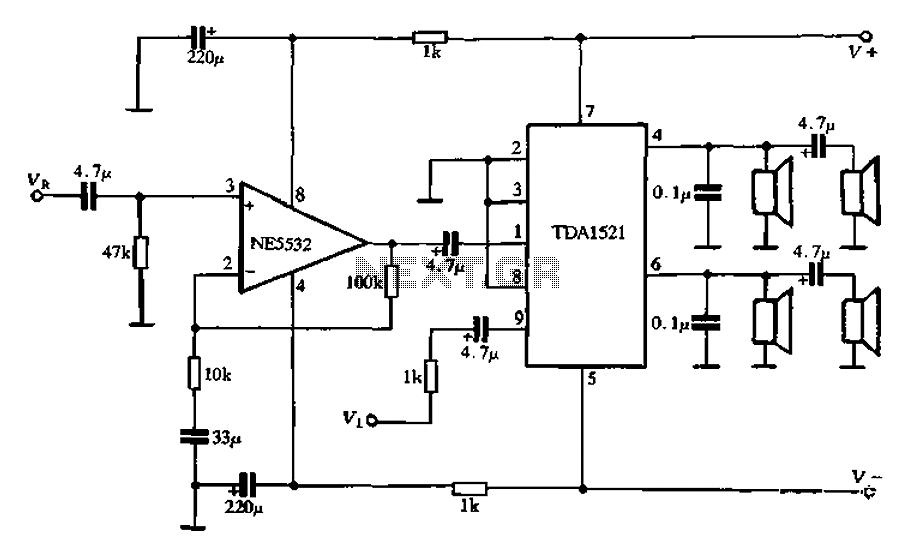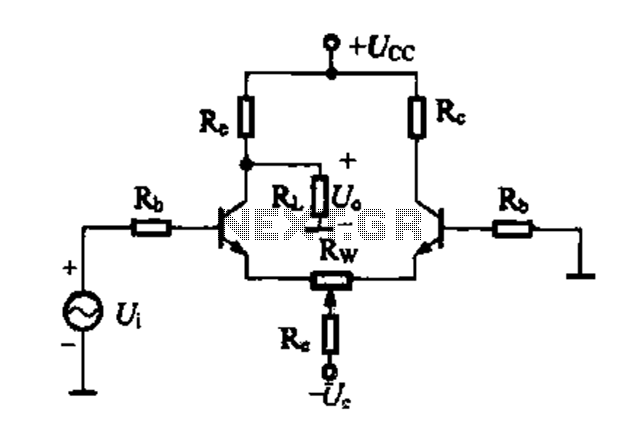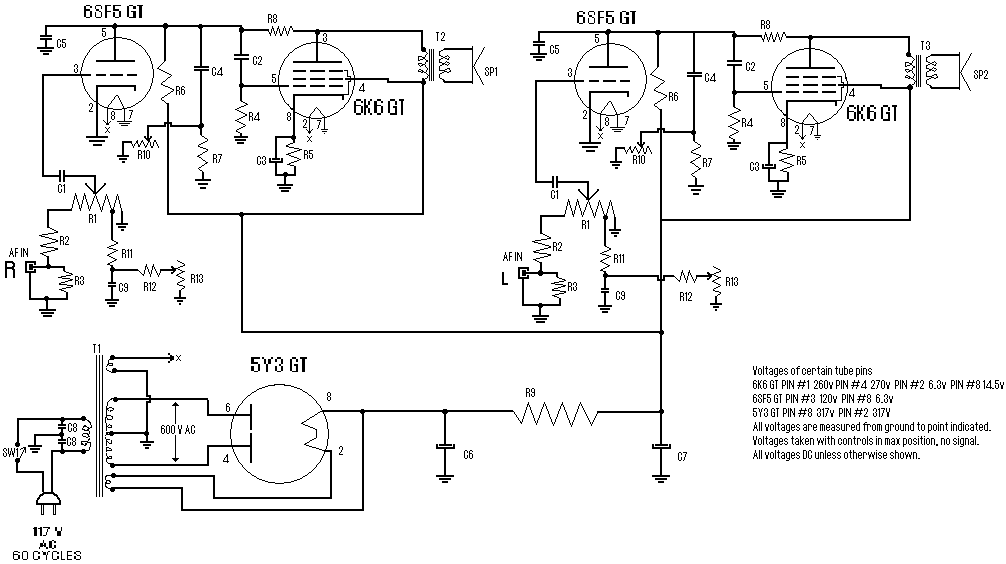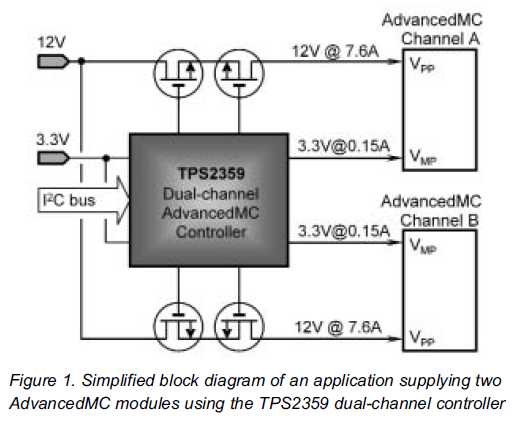
Current Mmode 20MHz Noninverting Amplifier
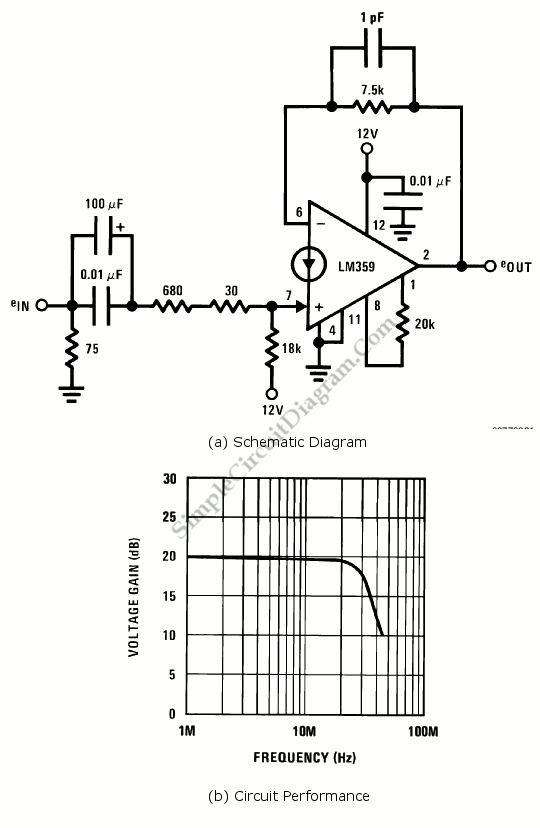
The current mode amplifier offers the advantage of higher frequency operation, and the LM359 serves as an operational amplifier of this type.
The current mode amplifier is designed to operate with input signals in the form of current rather than voltage, enabling it to achieve higher bandwidth and faster response times. This characteristic makes current mode amplifiers suitable for applications such as high-speed data communication, analog signal processing, and RF applications.
The LM359 is a dual operational amplifier that operates in the current mode, providing a unique combination of high-speed performance and versatility. It features a wide bandwidth, low input offset voltage, and high slew rate, making it ideal for applications requiring rapid signal processing. The device operates with a supply voltage range of 3V to 36V, allowing it to be used in various circuit designs.
In terms of configuration, the LM359 can be used in different amplifier topologies, including inverting, non-inverting, and differential configurations. Its output stage is designed to drive capacitive loads, which is beneficial in applications where load impedance may vary.
The current mode architecture of the LM359 allows for the implementation of feedback mechanisms that enhance stability and linearity. This is particularly important in precision applications where signal integrity is paramount. Additionally, the amplifier's ability to handle high frequencies without significant distortion makes it a valuable component in modern electronic systems.
Overall, the LM359's design and operational characteristics make it a preferred choice for engineers seeking to develop high-performance amplifying circuits that require efficient current handling and high-frequency operation.Current mode amplifier has the benefit of higher frequency operation, and LM359 comes as operational amplifier with this type op amplifier. Current mode.. 🔗 External reference
The current mode amplifier is designed to operate with input signals in the form of current rather than voltage, enabling it to achieve higher bandwidth and faster response times. This characteristic makes current mode amplifiers suitable for applications such as high-speed data communication, analog signal processing, and RF applications.
The LM359 is a dual operational amplifier that operates in the current mode, providing a unique combination of high-speed performance and versatility. It features a wide bandwidth, low input offset voltage, and high slew rate, making it ideal for applications requiring rapid signal processing. The device operates with a supply voltage range of 3V to 36V, allowing it to be used in various circuit designs.
In terms of configuration, the LM359 can be used in different amplifier topologies, including inverting, non-inverting, and differential configurations. Its output stage is designed to drive capacitive loads, which is beneficial in applications where load impedance may vary.
The current mode architecture of the LM359 allows for the implementation of feedback mechanisms that enhance stability and linearity. This is particularly important in precision applications where signal integrity is paramount. Additionally, the amplifier's ability to handle high frequencies without significant distortion makes it a valuable component in modern electronic systems.
Overall, the LM359's design and operational characteristics make it a preferred choice for engineers seeking to develop high-performance amplifying circuits that require efficient current handling and high-frequency operation.Current mode amplifier has the benefit of higher frequency operation, and LM359 comes as operational amplifier with this type op amplifier. Current mode.. 🔗 External reference
